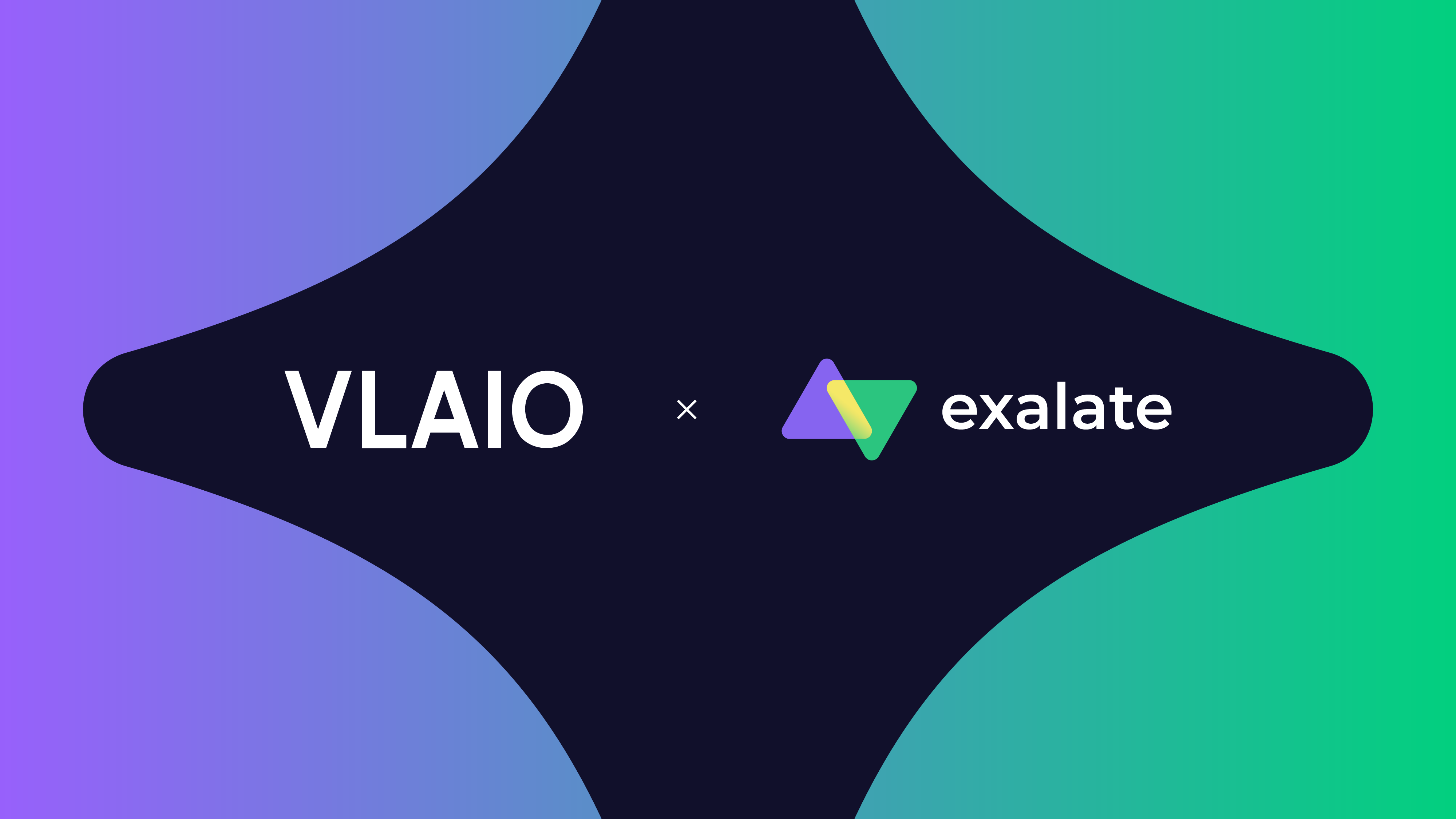ANTWERP, BELGIUM / ACCESS Newswire / June 17, 2025 / As the world speculates on AI's long-term promise, a quietly powerful Belgian company has figured out something more immediate: how to focus AI and make enterprise software actually work together-without blowing budgets or burning out IT.

The problem is massive-and mostly invisible. Remote work, SaaS overload, and fragmented workflows have left companies drowning in manual fixes. On average, teams lose 20+ hours a week just stitching tools together. And for IT, it's become a crisis of scale.
Exalate, a global integration software company, is set out to change that-not with more code, but with smarter integration.
Rethinking the Roadmap
With support from Flemish innovation agency VLAIO, Exalate's R&D began with a visionary goal: scale its "network effect" model of integration. But early experiments revealed a more immediate opportunity: to simplify how individual integrations are built, making them faster to deploy and easier to manage. And Exalate listened.
"Sometimes innovation doesn't follow your roadmap," said CEO Francis Martens. "It draws a better one."
Today, the company reports a solid leap forward: an AI-powered scripting assistant that reaches 91% real-world accuracy learns from every customer interaction and helps teams build custom integrations in a fraction of the time.
The centerpiece of this shift is AI Assist, a conversational assistant embedded in Exalate's scripting engine. Unlike most "AI assistants" that slap a chat UI on top of a help doc, AI Assist operates in-context. It reads real integration scripts, understands configuration syntax, and suggests code snippets based on user instructions-in plain language.
It also learns from every prompt. If a request is unclear, it asks follow-up questions. If it gets something wrong, internal experts tweak its model. The result? A loop that's getting smarter every month-and already powers 400+ new configurations monthly.
Why?
Because custom integrations-especially in regulated, service-heavy industries-aren't going away. Most off-the-shelf "connectors" break under complexity. But writing custom sync logic can take weeks and eats up precious dev time.
AI Assist bridges that divide.
It also expands who can build. By lowering the technical bar, it enables "citizen integrators"-business users and non-devs-to manage syncs without waiting on overstretched IT teams.
"Business teams want speed. IT wants security and control," said Francis Martens. "We give them both."
From Integration Networks to Integration Volume
The company's long-term vision still centers on integration networks-a concept where many systems sync fluidly across boundaries. While visionary, that model was too early for most buyers.
Sales cycles were long. Education was slow. The industry wasn't there-yet.
The new approach focuses on volume: increasing the number of point-to-point syncs. These are fast to deploy, simple to manage, and immediately valuable. Each successful sync builds momentum toward that broader network vision. As Francis Martens puts it:
"Every integration adds value. At scale, they become the network."
A Smarter Way to Handle Complexity
Exalate's edge lies in its ability to combine control and intelligence. Its scripting engine supports field-level customization-critical for software vendors, IT services, and regulated industries. With AI Assist layered on top, that power becomes more accessible. It doesn't hide complexity. It makes it manageable, shortening setup time, reducing errors, and extending Exalate's value to teams without full-time development resources.
Many tools offer templated syncs. Few allow full control over logic. Fewer still pair that power with AI.
The project also strengthened Exalate's internal AI muscle. In partnership with AI specialists at Superlinear, Exalate embedded this AI capability deep into its operations, ensuring it isn't a one-off feature but a platform layer.
A New Standard for Integration
Looking ahead, Exalate is preparing a new VLAIO application to extend this momentum. Planned developments include a unified assistant for full sync flows, use-case-specific templates with built-in logic suggestions, and automated test generation to reduce QA time. A public-facing connector builder and governance tooling for networked syncs are also in progress.
While AI Assist simplifies individual syncs today, it's also laying the foundation for managing interconnected systems tomorrow. The infrastructure, learning loops, and real-world validation are already in place.
"This project gave us more than a smarter product," said Martens. "It gave us a clearer path to scale. And we're on it."
With integrations that are faster, more flexible, and more accessible, Exalate is becoming the infrastructure for intelligent, high-volume syncs across today's most connected operations. For companies drowning in integration debt, that kind of scale and reliability could be worth billions.
About Exalate
Exalate is a powerful integration solution that connects work management systems by syncing data and workflows across teams. It helps organizations tackle complex integration challenges with the right level of IT involvement-avoiding the need for rigid, costly workarounds while maintaining control and security.
Learn more at www.exalate.com
CONTACT:
Exalate
pr@exalate.com
SOURCE: Exalate
View the original press release on ACCESS Newswire

